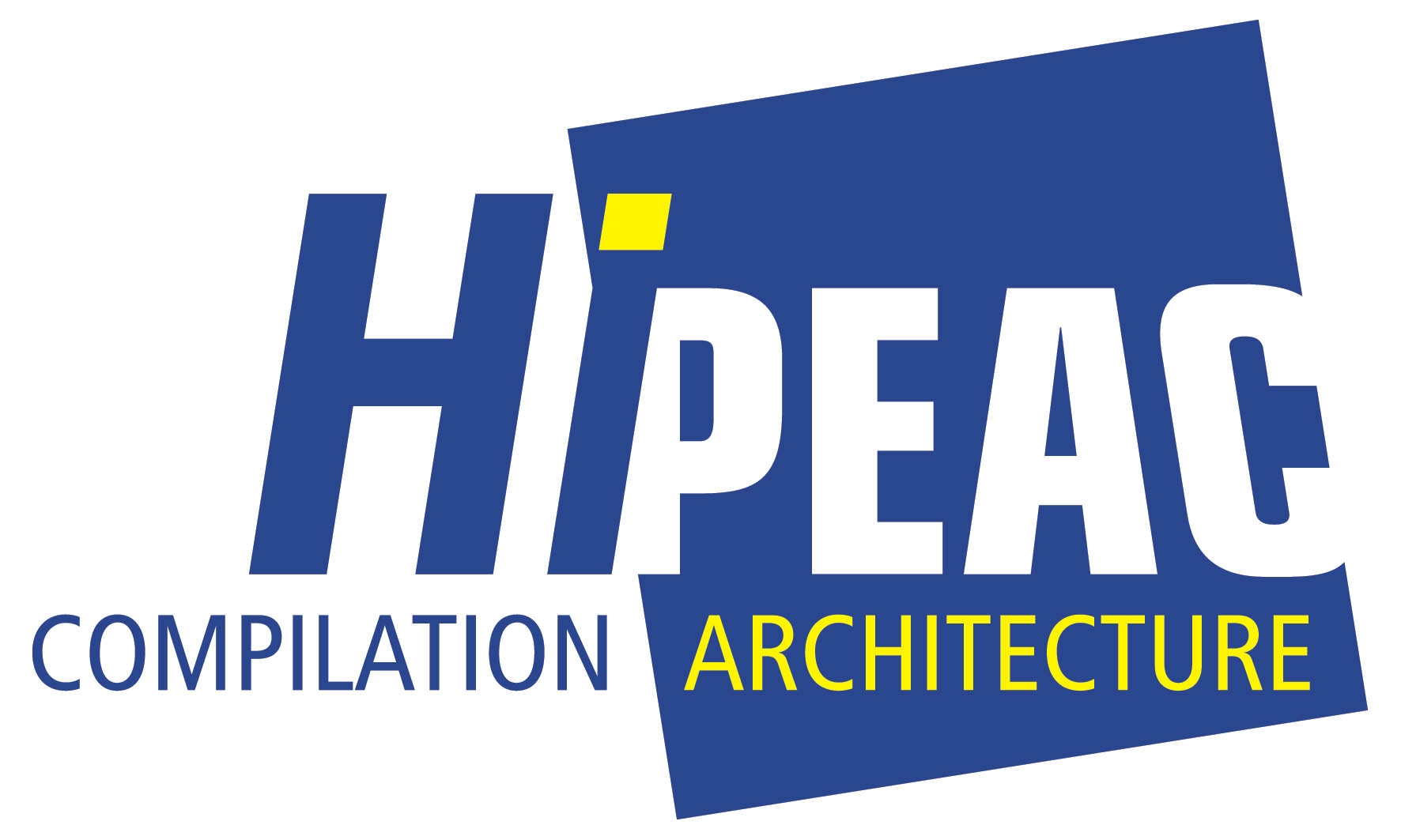Projects
New safety standards, such as ISO 26262, present a challenge for companies producing safety-relevant embedded systems. Safety verification today is often ad-hoc and manual; it is done differently for digital and analogue, hardware and software.
The VeTeSS project developed standardized tools and methods for verification of the robustness of...
In the midst of a climatic change scenario, the genetics of adaptive response in conifers becomes essential to ensure a sustainable management of genetic resources and an effective breeding. Conifers are the target of major tree breeding efforts worldwide. Advances in molecular technologies, such as next-generation DNA sequencing technologies, could have an enormous impact on...
Volcanic eruptions, and associated hazards, are a constant concern for many European countries and for Europe as a whole. During last decades, disciplines like thermodynamics, fluid dynamics, structural mechanics, and advanced experiments and computation, have been incorporated in volcano science, and formalized treatment of uncertainties has become a prominent means of...
The proposed HiPEAC network of excellence was a follow-up of an existing network that wanted:
- to steer and to increase the European research in computing systems
- to improve the quality of the European computing systems research
- to create a visible and integrated pan-European community in computing systems.
The network was...
The project COPA-GT was structured to provide training of a multi-disciplinary and intersectorial nature for young Fellows in Europe in the field of propulsion and electric power generation systems.
The young researchers obtained expertise in gas turbine engine (GT) design, based on fluid and structural mechanics, combustion, acoustics and heat...
The grand challenge of Exascale computing, a critical pillar for global scientific progress, requires co-designed architectures, system software and applications. Massive worldwide collaboration of leading centres, already underway, is crucial to achieve pragmatic, effective solutions. Existing funding programs do not support this complex multidisciplinary effort. Severo...
DEEP developed a novel, Exascale-enabling supercomputing platform along with the optimisation of a set of grand-challenge codes simulating applications highly relevant for Europe's science, industry and society.
The DEEP System realised a Cluster Booster Architecture that can cope with the limitations purported by Amdahl's Law. It served as...
The RISC project aimed to deepen strategic R&D cooperation between Europe (EU) and Latin America (LA) in the field of High Performance Computing (HPC) by building a multinational and multi-stakeholder community that involved a significant representation of the relevant HPC R&D EU and LA actors (researchers, policy makers, users). RISC identified common needs, research...
Engineers who design hard real-time embedded systems express a need for several times the performance available today while keeping safety as major criterion. A breakthrough in performance is expected by parallelising hard real-time applications. parMERASA targets a timing analysable system of parallel hard real-time applications running on a scalable multi-core processor....
There is a continued need for higher compute performance: scientific grand challenges, engineering, geophysics, bioinformatics, etc. However, energy is increasingly becoming one of the most expensive resources and the dominant cost item for running a large supercomputing facility. In fact the total energy cost of a few years of operation can almost equal the cost of the...










